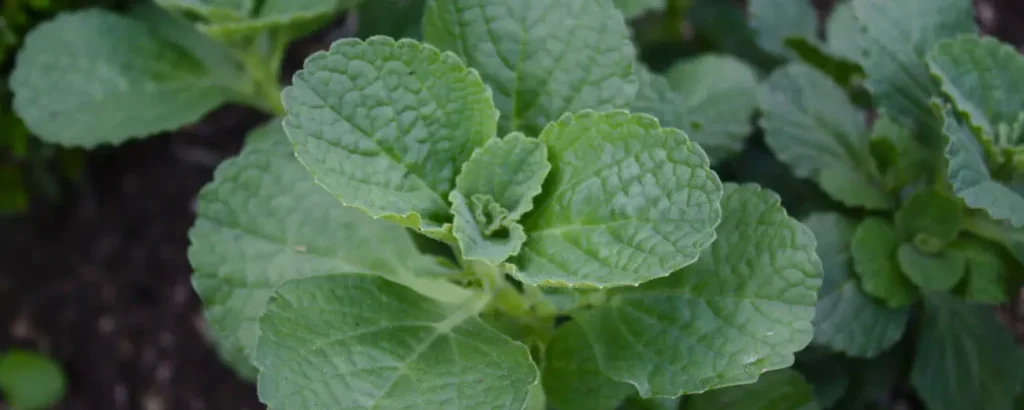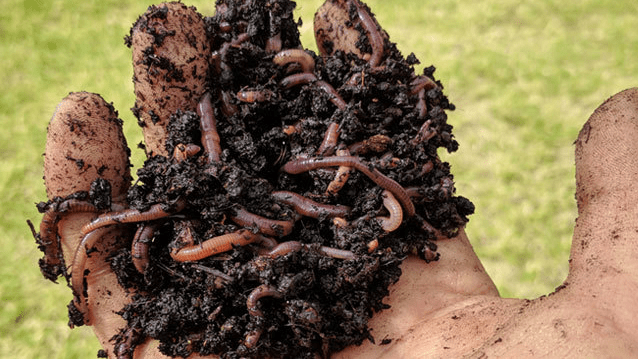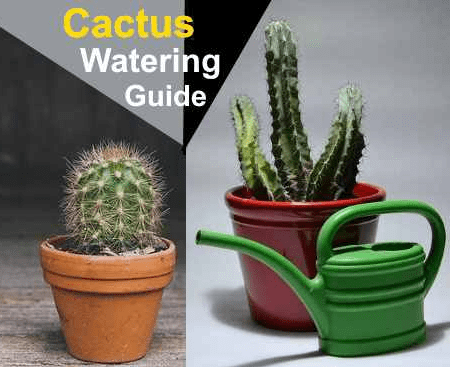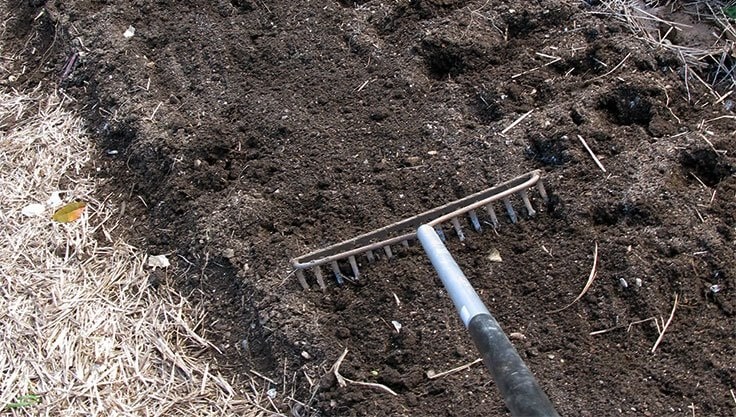Contents
The Piss-Off Plant: How to Keep Dogs and Cats Away from Your Garden
Dogs and cats tend to avoid the so-called “Piss-Off Plant”—here’s how to use it to keep pets out of your garden.
No gardener enjoys finding cat feces or dog urine in their flower beds or vegetable patches. Unfortunately, both pets and wild animals may use gardens as a toilet or a place to mark their territory. The Piss-Off Plant (Plectranthus ornatus or Coleus caninus) is said to help keep them at bay. Its name speaks for itself—sensitive-nosed animals like cats and dogs are said to avoid it.
Piss-Off Plant at a Glance
- Botanical Name: Plectranthus ornatus or Coleus caninus
- Plant Family: Lamiaceae (Mint Family)
- Other Names: Harp Shrub, Dog Repellent, Cat Repellent
- Preferred Location: Sunny
- Soil: Well-drained, nutrient-rich
- Water Needs: Moderate
- Growth: Perennial subshrub, 40–80 cm tall
- Planting Time: Outdoors from May
- Flowering Period: June to October
- Winter Hardiness: No
- Lifespan: Perennial
How the Piss-Off Plant Works
The repellent effect of the Harp Shrub, as it is also known, comes from its strongly scented essential oils secreted by its nettle-like leaves. It is said to deter not only cats and dogs but also martens and hares. According to breeders, the deterrent effect can extend up to four meters. However, this claim is not scientifically proven and varies depending on weather conditions and time of day—on cloudy or rainy days, the scent is weaker than in bright sunshine.
Where Does the Name “Piss-Off Plant” Come From?
The unusual name “Piss-Off Plant” (Verpiss-Dich-Pflanze in German) was coined by Swabian breeder Dieter Stegmeier, who discovered and popularized its pet-repellent properties. However, the term Verpiss-Dich is a registered trademark in Germany. For this reason, the plant is often marketed under alternative names such as Dog Repellent or Cat Repellent.
How to Plant the Piss-Off Plant
Originally from Africa, this plant is not winter-hardy (it can only withstand temperatures as low as -4°C). Therefore, it is best planted in a pot, allowing it to be moved to a frost-free location in winter. The Piss-Off Plant prefers sunny spots and well-drained soil—adding pumice gravel at the bottom of the pot can help prevent excess moisture.
This plant is low-maintenance, but nutrient-rich soil will encourage more vigorous growth. From June to October, it produces purple flowers, which attract bees and other pollinators with their nectar.
Is the Piss-Off Plant Toxic?
Even though its menthol-like scent repels pets, the plant is not toxic to humans or animals. On the contrary, it provides a valuable food source for bees and insects during its blooming period.
However, the plant alone may not be enough to completely deter animals. Experience shows that combining multiple deterrent methods is more effective. If you’re looking for additional ways to keep cats and dogs out of your garden, check out our tips below!










